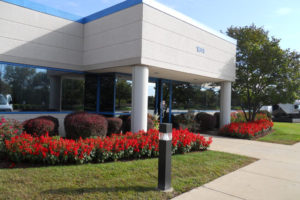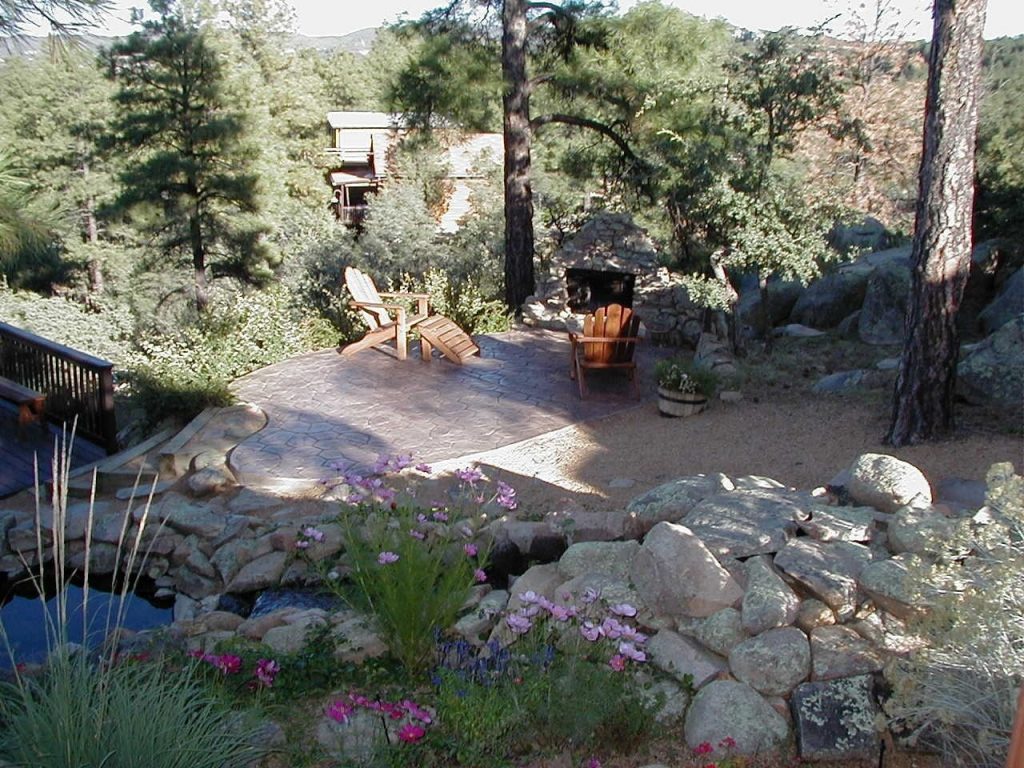Hilton Head Landscapes Can Be Fun For Everyone
Hilton Head Landscapes Can Be Fun For Everyone
Blog Article
The Single Strategy To Use For Hilton Head Landscapes
Table of ContentsAll about Hilton Head LandscapesNot known Incorrect Statements About Hilton Head Landscapes A Biased View of Hilton Head LandscapesNot known Details About Hilton Head Landscapes Not known Details About Hilton Head Landscapes Hilton Head Landscapes for BeginnersHilton Head Landscapes Fundamentals ExplainedThe Hilton Head Landscapes PDFs
Form compatibility is also a significant component of unity in designone or more noticeably various kinds benefit comparison and focus, yet normally all various other types ought to have some similarities for a combined look. Appearance describes just how rugged or great the surface area of the plant or hardscape product feels and/or looks.
Examples of plants with crude structure include philodendrons, agaves, bromeliads, hollies, palms, and hydrangeas. Hardscape with crude structure includes rough-cut rock, rough-finished brick, and incomplete timber with knots and an increased grain. Matured or old building and construction material that maintains a weather-beaten surface area is usually rugged in texture. Features that produce great structure include tiny vegetation; thin, strappy leaves (yards) or tall, slim stems; small, dense twigs and small branches; long stems (vines); and small, delicate blossoms.
The Best Guide To Hilton Head Landscapes
Most plants are medium texture, in that they can not be defined as having either rugged or fine texture. Medium-textured plants act as a background to link and unify the coarse- and fine-textured plants.

To make a space feel smaller, place the coarse textures along the external perimeter and the fine textures closest to the audience. The detail of the coarse texture makes the plants show up closer and makes the room really feel smaller sized. The viewed structure of plants can likewise change with the range from the plant.
Hilton Head Landscapes Fundamentals Explained
Strong colors increase the comparison and make the structure appear coarser, while low-key colors can flatten appearance. Hardscape with a rugged texturesuch as extremely rough rocks and bold, huge timberstends to make all plant material appear extra average textured. Designers frequently develop a texture research (Number 8) theoretically to help choose the setup of plant materials.
Color in plant material and hardscape includes interest and selection to the landscape. Color is the most conspicuous aspect in the landscape and is usually the focus of many homeowners; nonetheless, it is likewise the most temporary component, typically lasting only a couple of weeks a year for private plants.
How Hilton Head Landscapes can Save You Time, Stress, and Money.
A basic summary of the shade wheel consists of the three main colors of red, blue, and yellow; the 3 secondary shades (a mix of 2 primaries) of environment-friendly, orange, and violet; and 6 tertiary shades (a mix of one nearby primary and second shade), such as red-orange. Color concept clarifies the connection of colors per various other and exactly how they ought to be used in a structure.
.jpeg)
Similar (often called unified) shade schemes are any 3 to five colors that are adjacent on the shade wheel, such as red, red-orange, orange, yellow-orange, and yellow, or blue, blue-violet, and violet (landscape design hilton head). The shades relate to each other since they typically include 2 main colors blended to create a secondary and 2 tertiary colors, which implies they share common residential or commercial properties
Complementary colors are usually located normally in blossoms; an usual pair is yellow and violet. Shade is discovered in the blossoms, vegetation, bark, and fruit of plants.
Hilton Head Landscapes Fundamentals Explained
Green foliage in all its numerous tones is the leading shade by quantity, but various other colors capture focus quicker due to their high contrast to the shade eco-friendly. Shade is also discovered in structures, rocks, pavers, timber, and furnishings. Most colors in all-natural materials, such as rock and wood, are commonly soft and often tend to be variations of brownish, tan, and light yellow.
Color is a crucial aspect for creating passion and range in the landscape. Shades have properties that can influence feelings, spatial perception, light top quality, equilibrium, and emphasis. One building of shade is defined about temperaturecolors seem amazing or cozy and can impact emotions or feelings. Amazing shades often tend to be relaxing and need to be utilized in locations for relaxation and calmness.
The Only Guide for Hilton Head Landscapes
Great shades tend to recede and are regarded as being farther away, making a space really feel larger. Color can also be made use of to catch focus and direct sights.
Bright yellow, which has the greatest strength, also has a high contrast with all other shades (often explained as a "pop" of shade) and need to be used sparingly. A little quantity of extreme color has as much visual weight as a big quantity of an extra subdued or weaker color.
Comparable (occasionally called unified) color pattern are any kind of 3 to 5 shades that are adjacent on the color wheel, such as red, red-orange, orange, yellow-orange, and yellow, or blue, blue-violet, and violet. The colors belong to every other since they typically include two primaries mixed to develop an additional and two tertiary colors, which indicates they share typical residential properties.
The Single Strategy To Use For Hilton Head Landscapes
Corresponding colors are often found normally in blossoms; a common set is yellow and violet. Shade is discovered in the flowers, foliage, bark, and fruit of plants.
Environment-friendly foliage in all its numerous tones is the leading shade by quantity, yet other shades catch focus extra easily Source because of their high comparison to the color green - Landscapers near me - https://hilton-head-landscapes.webflow.io. Color is likewise located in buildings, rocks, pavers, timber, and furniture. A lot of colors in all-natural products, such as stone and timber, are usually low-key and have a tendency to be variants of brownish, tan, and light yellow
Hilton Head Landscapes Fundamentals Explained
Colors have residential properties that can affect emotions, spatial perception, light high quality, balance, and emphasis. Awesome colors have a tendency to be calming and need to be used in areas for leisure and serenity.
Awesome colors often tend to decline and are perceived as being further away, making a room feel larger. Shade can additionally be utilized to capture attention and straight views - https://pastebin.com/u/h1tnhdlndscps.
Intense yellow, which has the highest possible strength, also has a high comparison with all various other colors (frequently explained as a "pop" of shade) and should be used sparingly. A percentage of extreme shade has as much visual weight as a huge amount of an extra suppressed or weaker shade.
Report this page